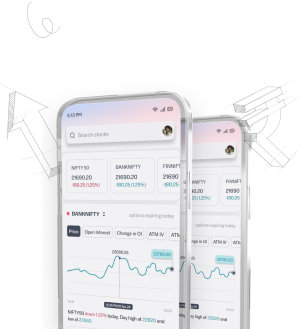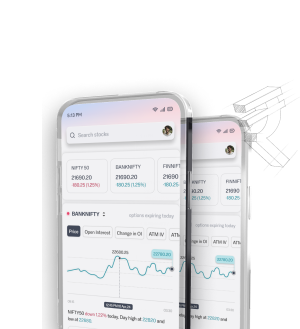Golden Cross = Jackpot? Death Cross = Run for Your Life? 💀
Let’s break down the trading drama today! 🎭
1️⃣ Golden Crossover: A Bullish Signal 🚀
A Golden Crossover occurs when a short-term moving average (e.g., 50-day MA) crosses above a long-term moving average (e.g., 200-day MA) from below.
🔹 What does it mean?
It signals the start of an uptrend and potential buying interest in the stock.
2️⃣ Death Crossover: A Bearish Signal 📉
A Death Crossover occurs when a short-term moving average (e.g., 50-day MA) crosses below a long-term moving average (e.g., 200-day MA) from above.
🔹 What does it mean?
It signals the start of a downtrend, often leading to selling pressure in the stock.
3️⃣ How to Use Golden & Death Crossovers in Trading
🔹 Step 1: Confirm the Crossover
- Higher volumes during the crossover increase reliability.
🔹 Step 2: Use with Other Indicators
- RSI (Relative Strength Index)
- MACD (Moving Average Convergence Divergence)
- Support & Resistance Levels
📌 Example:
- RSI below 40, a negative MACD crossover, and a breakdown of key support levels alongside a Death Crossover confirm a strong sell signal.
🔹 Step 3: Works Best in Trending Markets
- Golden Cross: Stronger in bullish markets 📈
- Death Cross: Stronger in bearish markets 📉
- Avoid using in sideways markets (false signals).
4️⃣ Example in Nifty 50
If Nifty 50 forms a Golden Crossover (50-day MA crosses above 200-day MA), traders may anticipate buying interest and enter long positions.
If Nifty 50 forms a Death Crossover (50-day MA crosses below 200-day MA), traders may expect downside and look for short-selling opportunities.
📌 Real Example:
- Reliance recently formed a Golden Crossover (bullish 📈).
- ITC recently formed a Death Crossover (bearish 📉).
Golden & Death Crossovers can be powerful trading signals when used correctly! 🚀
Disclaimer
The content provided is for educational purposes only and does not constitute financial advice. For full details, refer to the disclaimer document.




